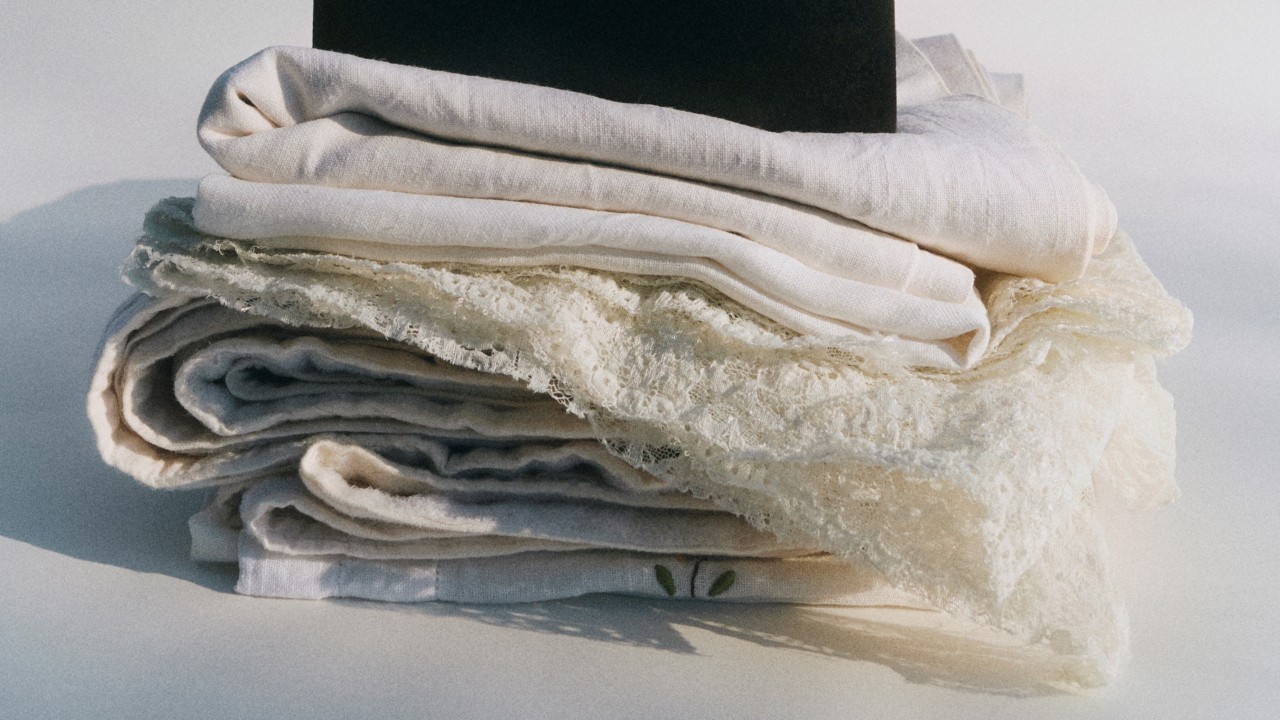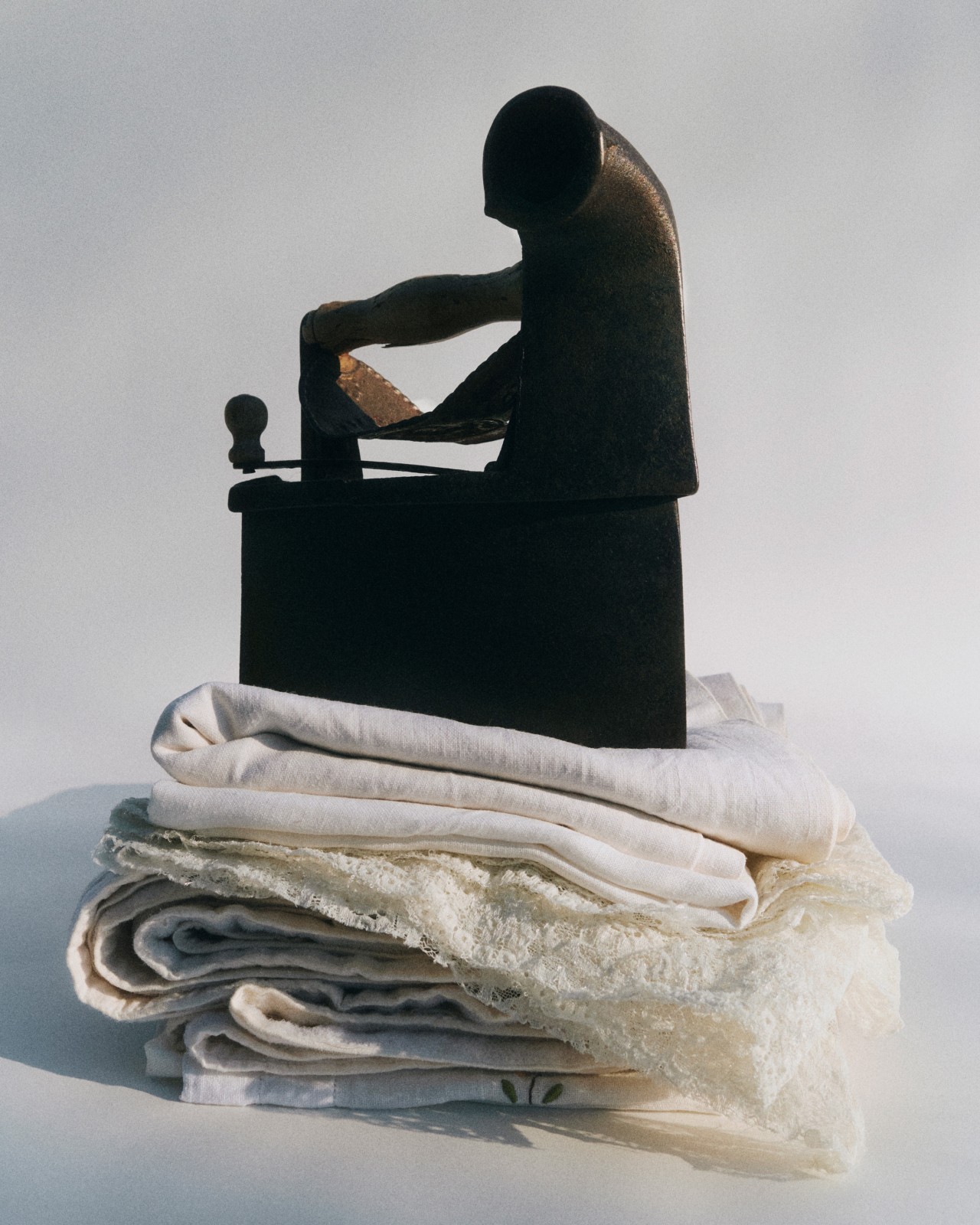

Photograph by Oscar Calleja / Kintzing
Words by Daphne Chouliaraki Milner
Ultra-fast fashion retailer Shein disrupted the industry with low prices and high-speed production cycles. After a meteoric rise, the global e-commerce platform has plans to go public on the London Stock Exchange this year. But cracks in Shein’s foundation are starting to show.
The Financial Times reported last week that Shein’s profits dropped by almost 40% year-over-year in 2024. Though full-year sales were up by almost a fifth, Shein failed to deliver on its annual profit and sales projections for 2024. Now, Shein is under pressure to more than halve its valuation from $66 billion to $30 billion ahead of its IPO ambitions.
It’s a dramatic setback for the ultra-fast fashion giant, but a potential victory for ethical fashion advocates who have long called for greater accountability in the industry.
“For Shein and ultra-fast fashion brands this is a major red flag,” said Katrina Caspelich, chief marketing officer of global advocacy organization Remake, which campaigns for fair pay and climate justice in the fashion industry. “Companies like Shein thrive on overproduction and rock bottom prices, but I really think that this decline signals that their model isn’t as bulletproof as it once seemed. Regulatory scrutiny is getting better and shoppers are getting smarter.”
Caspelich echoes what other industry experts already predicted: that the unprecedented growth rate of Shein and Temu is set to drop in 2025. The falloff, due in part to improved regulatory and accountability structures within the clothing industry, follows reports of deceptive pricing tactics, counterfeit products, and unsafe goods. Of course, sales are still climbing—that much hasn’t changed. But slumping profits, a slashed valuation, and mounting legal challenges indicate that the rise of Shein could finally be hitting a wall.
“It does feel like what Shein was up until this moment is going under some kind of a transformation,” said Alena Ivanova, campaigns and activism lead at Labour Behind the Label, a nonprofit cooperative organization focused on improving workers’ rights. “That, in turn, will signal a transformation for the whole industry.”
Amid economic downturn and global upheaval, skyrocketing sales can no longer mask the industry’s deeper vulnerabilities—and Shein isn’t the only brand feeling the strain.
Fast fashion retailer H&M, alongside Boohoo and its subsidiary PrettyLittleThing, all reported declining earnings and revenue in 2024. An increasingly unstable geopolitical climate means things are unlikely to change anytime soon. President Donald Trump imposed a 10% tariff on all Chinese imports to the United States last month, only to reverse it one week later. The executive order was set to hit fast fashion brands especially hard as it also lifted a key trade exemption that previously allowed goods valued under $800 to enter the country duty-free. But with a president as unpredictable as Trump, who’s to say how long the reversal will hold?
“It does feel like what Shein was up until this moment is going under some kind of a transformation. That, in turn, will signal a transformation for the whole industry.”
“We have seen time and time again, specifically with ultra-fast fashion brands over the past five years, just how fragile the business model is,” said fair fashion campaigner Venetia La Manna. “Missguided springs to mind, which was a hugely successful brand that came down as quickly as it rose to fame. We’re also seeing that with Boohoo and Pretty Little Thing—and now Shein.
“That’s because there’s not loads of substance to these brands,” added La Manna, who is a leading voice in the “Say No to Shein” campaign, urging Britain’s Labour government to block Shein’s bid to list on the London Stock Exchange. Launched in 2024, the campaign calls for a comprehensive investigation into Shein over its alleged use of forced labor, human rights abuses, and subpar working conditions in its supply chains.
Calls for greater regulation come on the heels of numerous reports by consumer watchdogs and researchers about health risks associated with ultra-fast fashion products. Shein, Temu, AliExpress, and other ultra-fast fashion giants were found to be selling products laced with hazardous chemicals—phthalates, lead, PFAs, and formaldehyde—at levels hundreds of times beyond legal safety limits. The findings come from a series of product tests conducted by Seoul Metropolitan Government, tests conducted in the United Kingdom, and a 2021 study by CBC Marketplace that led to Shein, AliExpress, and Zaful ending the sale of certain products found to be toxic.
The good news is that this regulation, which pushes stricter accountability measures across fashion’s supply chain, is gaining momentum in certain U.S. states and across the European Union. But progress is not without its obstacles. The EU’s Corporate Sustainability Due Diligence Directive was set to be implemented by member states in 2024, but is now being revisited by the European Commission. Some fear the review could dilute its environmental and social impact. Meanwhile, Trump’s new tariffs on Chinese imports—including fast fashion—are unlikely to curb emissions, especially because major players like Shein and Temu can absorb the added expenses without significantly raising the price of products. Some experts even warn that tariffs could worsen environmental harm, should companies shift production across multiple countries. Spreading out production in this way would increase the carbon footprint of products and make supply chain traceability even more complicated.
“Regulatory pressure is increasing, but I think enforcement is the actual real change,” said Caspelich. “Many fast fashion giants find loopholes. They move production to regions with weaker labor laws or dodge taxes. So I really think that laws need stronger enforcement and that brands need to be held accountable and not make those empty promises.”
But what if stringent regulations were enforced? What if we were to take news of the ultra-fast fashion market stagnation—and Shein’s losses—as an opportunity to enforce ethical standards, strengthen labor protections, and invest in a fashion industry rooted in regeneration and justice?
“There are already so many small, ethical, independent brands who know every part of their supply chain and who are examples of truly sustainable and circular models,” said La Manna.
“The dream solution is to just stop, and to create newness with what already exists. If the statistics are right, we already have enough clothes in circulation for the next six generations.”
One such example is Buzigahill, a clothing label based in Kampala, Uganda, that repurposes the West’s secondhand garments and sends them back to the countries from which they came. “In my world, a just future for fashion requires the destabilization of these huge, mass companies: luxury conglomerates, fast fashion—the system of growth for the sake of growth,” said Bobby Kolade, the fashion designer who founded Buzigahill. “The dream solution is to just stop, and to create newness with what already exists. That’s what we’re trying to do [at Buzigahill]. If the statistics are right, we already have enough clothes in circulation for the next six generations.”
Kolade’s vision challenges the very foundation of the fashion industry and urges a radical departure from the relentless cycle of overproduction and unchecked growth. But true justice in fashion must also demand a system where the rights and well-being of garment workers are not an afterthought, but a priority—and Kolade is quick to emphasize that garment workers, currently working for ultra-fast fashion brands, could just as well be employed to “re-work and re-make what already exists” for higher pay. After all, a truly just fashion industry is one where garment workers receive living wages, are safeguarded by strong labor laws, and have a say in shaping their working conditions.
This vision can become reality, advocates say, but industry reform must go beyond surface-level commitments. “I would love there to be more serious engagement by both brands and policymakers with what a fashion industry in which everyone gets a living wage would look like,” said Labour Behind the Label’s Ivanova. “We’re not talking about a utopia scenario. We’re talking about an industry that adheres to basic human rights.” We need to start planning for these changes, she added, like the additional resources we’d need to implement them.
Raising garment worker wages isn’t prohibitively expensive, as wages typically account for just 3% of a garment’s retail price, nor is it unrealistic—but doing so could have significant environmental impacts. Paying workers fairly would slow the pace and scale of cheap, disposable fashion production. This shift would lift millions out of poverty and lead to higher-quality garments, less waste, and a fashion industry operating within planetary limits instead of constantly pushing beyond them.
In an on-demand culture where speed and immediacy often outweigh ethics, it’s important to remember that the ultra-fast fashion model is not invincible. But a better future won’t materialize without action. “Make no mistake: in order to achieve this we must hold brands accountable through stronger labor and transparency laws as well as independent audits,” said Remake’s Caspelich. “There’s a lot of doom and gloom when it comes to fashion justice, climate justice, and human rights. But I truly believe that the future of fashion can be fair and sustainable, but only if we demand it.”
Does Shein’s Profit Slump Indicate a Waning Obsession With Fast Fashion?